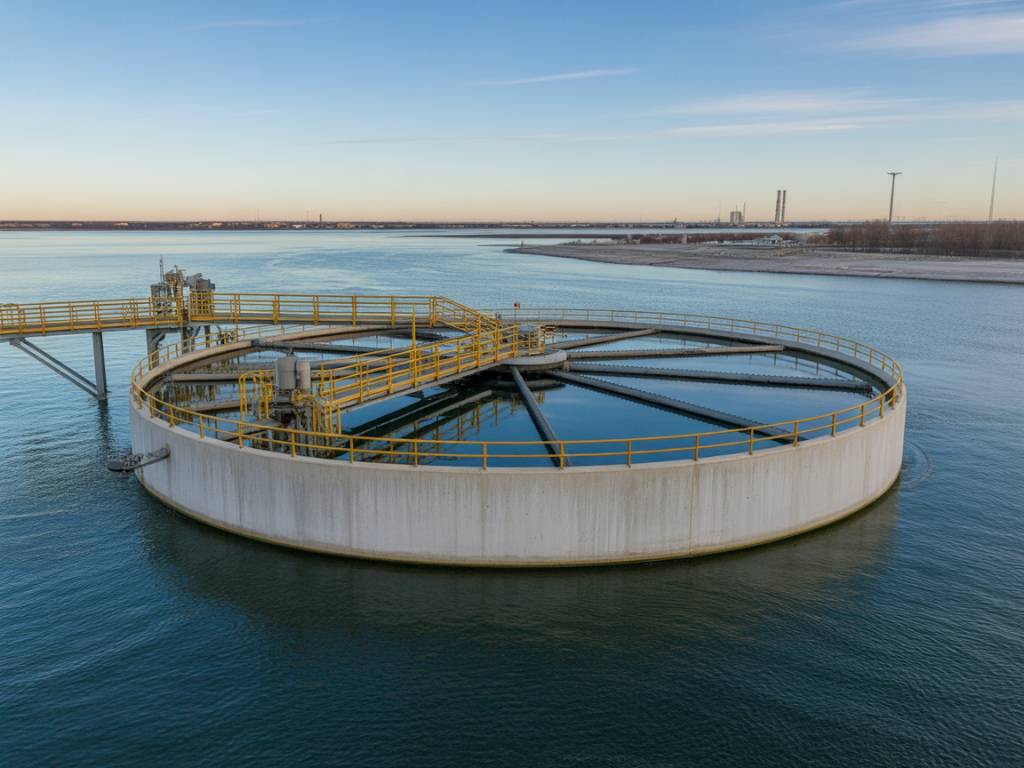Why ESG Metrics Are Reshaping Industrial Strategy
Until recently, environmental, social and governance (ESG) concerns were often treated as a checkbox exercise. Today, that era is rapidly vanishing. ESG metrics have become central not only to compliance, but also to business performance and strategic positioning—especially in the industrial sector. From regulatory shifts to investor demands and competitive differentiation, ESG is no longer a side topic. It’s become unavoidable.
So why is this happening now? And how are industrial companies adapting—whether willingly or under pressure? Let’s unpack the key dynamics behind the rise of ESG in industry, with a focus on operational impact, risk mitigation, and long-term value creation.
New Pressures from Investors and Regulators
The first driving force is external. Institutional investors—particularly in Europe and North America—are tightening their ESG requirements. BlackRock, for example, now integrates ESG risks into all of its active investment decisions. And it’s not just financial firms: banks are aligning loan terms to ESG performance metrics, offering favorable rates to industrial players with strong climate and governance scores.
Meanwhile, regulators are doubling down. The European Union’s Corporate Sustainability Reporting Directive (CSRD), entering into force between 2024 and 2026, will impact over 50,000 companies—including mid-sized suppliers in manufacturing and logistics. The directive requires disclosure on carbon emissions (Scopes 1, 2, and 3), human rights due diligence, and more. Companies that fail to align risk not only financial penalties but also being excluded from procurement chains. In France, the Décret Tertiaire and Loi AGEC are already influencing facility managers in the industrial ecosystem.
The message is clear: ESG performance is becoming a license to operate.
Beyond Compliance: ESG as Risk Management
Beyond external pressure, ESG metrics offer internal value—especially regarding operational risk. Let’s take a concrete example: a tier-2 automotive supplier with global operations. By auditing its energy usage and emissions across plants, it identified inefficient equipment that increased both CO₂ output and costs. The solution? Upgrading to variable-speed compressors led to annual savings of €500,000 and an 8% reduction in Scope 1 emissions.
Similarly, supply chain disruptions—fueled by climate incidents—are pushing companies to assess ESG exposure throughout their networks. A survey by Deloitte (2023) indicates that 64% of industrial firms are now mapping ESG risks beyond their Tier 1 suppliers, including water usage in textile manufacturing and social standards in Southeast Asian electronics assembly plants.
Put simply, ESG isn’t just “nice to have.” It’s an early-warning system for operational blind spots.
Tech-Driven ESG: From Data Silos to Decision Support
The rise of ESG has triggered a surge in data collection—but raw data alone isn’t enough. The challenge lies in integration and actionability.
Digital ESG platforms are gaining momentum. French industrial giant Schneider Electric, for example, uses proprietary tools to track carbon intensity per product line. Meanwhile, logistics players such as DB Schenker deploy AI to optimize route planning based not only on cost and time, but also CO₂ efficiency—helping clients report precise emissions at parcel level.
Another trend is sensorization. By embedding IoT devices on production equipment, companies like Bosch can now monitor energy usage in real-time and calibrate machines automatically for efficiency. The effects are tangible: smoother flows, reduced downtime, and enhanced reporting capabilities for both regulators and clients.
But adoption remains uneven. According to McKinsey (2023), less than 30% of industrial mid-caps have a dedicated ESG analytics system in place. The opportunity for differentiation is real—for those willing to invest early.
The Supply Chain Domino Effect
One underestimated driver of ESG adoption is client pressure. Large OEMs across sectors—from Airbus to Unilever—are embedding ESG clauses into supplier contracts. And small and mid-sized industrial firms are feeling it first-hand.
Take the case of a medium-sized French packaging manufacturer. After one of its key clients restructured procurement contracts to prioritize “carbon neutral” suppliers by 2025, it was forced to accelerate investments in recycled materials and switch to renewable-powered machinery. The cost was non-negligible—but failure to comply would have meant losing 40% of its contracts.
This domino effect is remapping supply chain priorities. It’s also creating a positive feedback loop: as suppliers improve ESG performance, their own competitive positioning strengthens—not just for compliance, but as a selling point.
Attracting Talent and Redefining Corporate Culture
Another dimension, often overlooked in financial reporting but critical on the ground: talent attraction and retention. Gen Z engineers entering the industrial job market are looking for more than a paycheck. They prioritize companies with genuine sustainability goals and transparent ESG strategies.
In a 2022 survey by PwC, 76% of industrial-sector candidates aged 22–30 rated ESG commitments as “very important” in choosing an employer. Companies such as Saint-Gobain and Siemens have picked up on this trend by embedding sustainability into onboarding programs, internal communications, and even bonus criteria for managers.
Aligning ESG goals with internal culture isn’t just about branding—it’s a tool to build employee loyalty, reduce turnover, and spark innovation. And in a sector where skilled labor is a scarce resource, that edge can make a decisive difference.
Common Pitfalls: Greenwashing and Metric Inflation
Of course, not all that glitters is green. A surge in ESG reporting has also opened the door to greenwashing—glossy statements unsupported by measurable action. This is increasingly risky. Investors, regulators, and civil society are growing alert to inconsistencies.
The key problem? Lack of standardized KPIs. While frameworks such as GRI, SASB, and the upcoming EFRAG standards aim to bring consistency, many industrial players still cherry-pick indicators to boost optics. That strategy can backfire.
To avoid these pitfalls, ESG leaders in the industry focus on:
- Auditable, third-party verified data
- Clear definitions of materiality (what matters most to sector and stakeholders)
- Linking ESG objectives to actual operational outcomes—not just communications goals
In short: ESG credibility demands the same rigor as financial accounting.
So, What’s Next?
The trajectory is set: ESG metrics are moving from trend to standard. What’s less predictable is how quickly industry players—particularly SMEs—will adapt. The frontrunners are already integrating ESG principles into product design, procurement, logistics, and HR strategy.
In the coming years, expect to see:
- More embedded ESG criteria in industrial financing agreements
- Growth of ESG-linked insurance products tailored for manufacturers
- Industrial parks built with circular economy models at their core
- AI-powered platforms to simulate ESG impact before capex decisions are made
For industrial leaders, the challenge is not whether to act—but how to do so in a way that is authentic, measurable, and strategically coherent.
Because at the end of the day, ESG isn’t just about hitting targets—it’s about ensuring long-term viability in a rapidly transforming business ecosystem.




